Innovative Glass Systems Transforming Modern Architecture and Design
 In recent years, innovative glass systems have revolutionized modern architecture and design, emerging as a pivotal element in creating aesthetically pleasing and functional spaces. According to the International Glass Association, the global architectural glass market is projected to reach $150 billion by 2025, highlighting the increasing reliance on advanced glazing technologies to enhance building performance and sustainability. These systems not only offer superior insulation and energy efficiency, but also enable architects to push the boundaries of design with expansive glass facades that maximize natural light and provide panoramic views.
In recent years, innovative glass systems have revolutionized modern architecture and design, emerging as a pivotal element in creating aesthetically pleasing and functional spaces. According to the International Glass Association, the global architectural glass market is projected to reach $150 billion by 2025, highlighting the increasing reliance on advanced glazing technologies to enhance building performance and sustainability. These systems not only offer superior insulation and energy efficiency, but also enable architects to push the boundaries of design with expansive glass facades that maximize natural light and provide panoramic views.
With the rise of smart glass technologies, including dynamic tinting and self-cleaning features, the application of glass systems is becoming even more versatile, allowing for customized solutions that meet the diverse needs of modern living and working environments. As architects and designers embrace these innovations, the future of urban landscapes is poised to be transformed by the seamless integration of glass in architectural practices.
Revolutionizing Facades: The Role of Glass in Contemporary Architecture
The role of glass in contemporary architecture has undergone a transformative evolution, significantly altering the appearance and functionality of modern facades. In today's architectural landscape, glass is not merely a building material; it serves as a canvas that reflects the environment and enhances the interplay of light and space. Innovative glass systems, such as insulated glazing and smart glass technology, enable architects to create facades that are both aesthetically striking and energy-efficient. These advancements allow for larger, uninterrupted spans of glass, breaking down the barriers between indoor and outdoor spaces while maintaining environmental comfort.
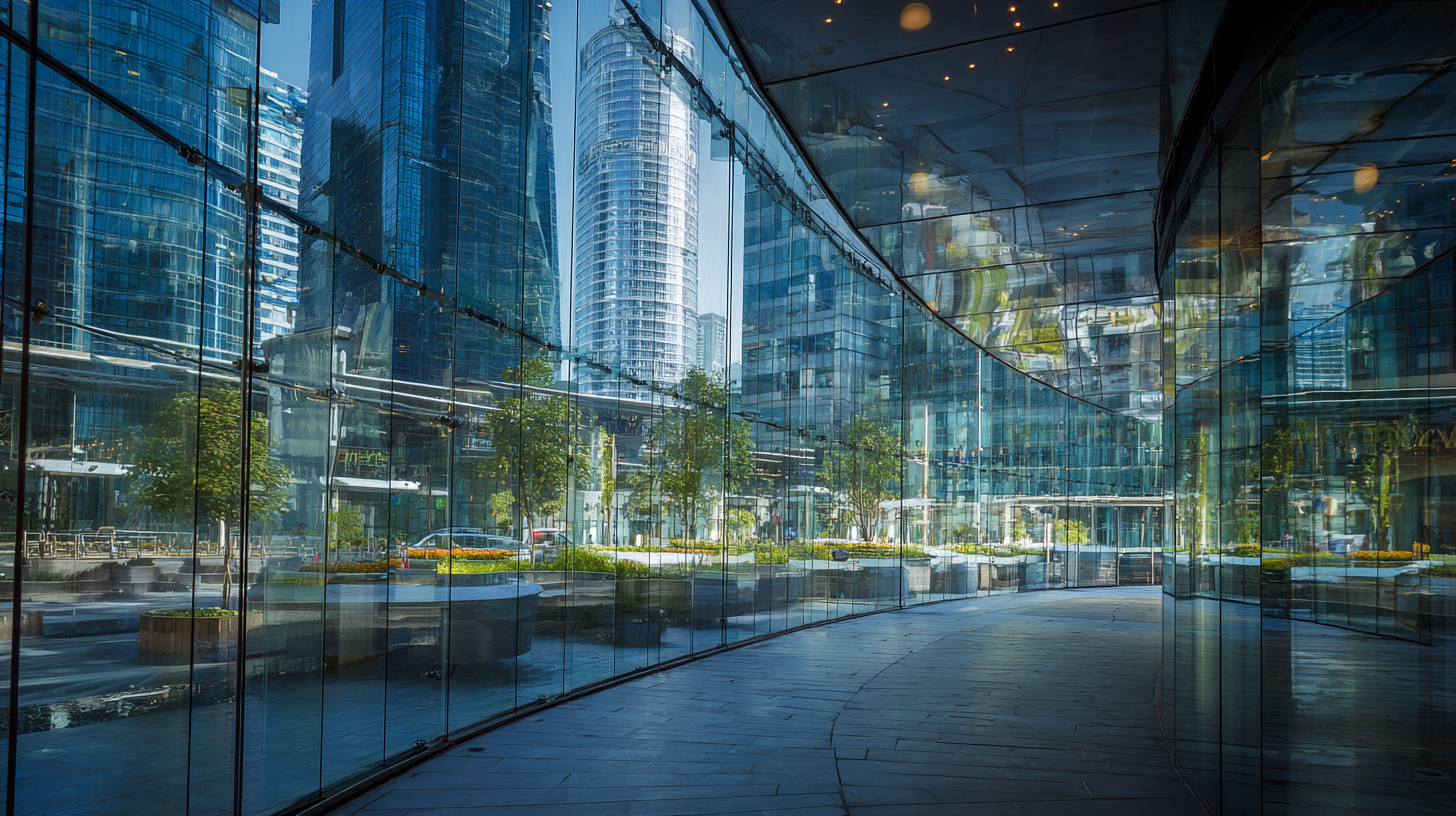
Moreover, the integration of glass in facade design also plays a pivotal role in sustainability. Modern glass technologies can harness solar energy, managing heat gain and loss effectively while reducing reliance on HVAC systems. This synthesis of beauty and practicality exemplifies how glass can redefine architectural narratives, offering new opportunities for creativity. As buildings become more transparent and enveloped in glass, they invite the outside world in, promoting a sense of connection with nature and the surroundings, thus revolutionizing the notion of space in contemporary architecture.
Sustainable Design: How Innovative Glass Systems Contribute to Eco-Friendly Buildings
Innovative glass systems are increasingly recognized for their crucial role in sustainable architecture. According to the International Energy Agency (IEA), buildings account for approximately 36% of global energy consumption and nearly 40% of CO2 emissions. The integration of advanced glass technologies, such as low-emissivity (Low-E) and triple-glazing, has shown to significantly reduce these figures by enhancing energy efficiency. These glass systems improve insulation, reducing the need for heating and cooling, which can lead to energy savings of up to 30% annually, as reported by the U.S. Department of Energy.
Furthermore, sustainable glass solutions contribute to the eco-friendliness of buildings by maximizing natural light and minimizing artificial lighting use. Research indicates that buildings designed with innovative glass can reduce lighting energy consumption by as much as 25% compared to traditional designs. Additionally, the use of smart glazing, which adjusts transparency based on sunlight, not only enhances occupant comfort but also helps minimize reliance on HVAC systems. This synergy between cutting-edge glass technologies and sustainable design principles heralds a new era in eco-friendly architecture.
Smart Glass Technologies: Enhancing Comfort and Efficiency in Modern Spaces
Smart glass technologies are revolutionizing modern architecture and design by enhancing both comfort and efficiency in residential and commercial spaces. These innovative systems utilize electrochromic, thermochromic, and switchable glass technologies to dynamically adapt to environmental changes. For instance, electrochromic glass can change its tint in response to sunlight, reducing glare and heat, which in turn lowers energy consumption for cooling systems. This adaptability helps create a more comfortable indoor environment while minimizing energy costs.
Tips for integrating smart glass into your architecture: First, consider the orientation of your building to maximize the benefits of natural light while minimizing heat gain. Second, explore options for automated systems that can adjust the glass tint based on time of day or weather conditions, ensuring optimal performance year-round. Lastly, consult with a specialist to assess the compatibility of smart glass with your existing design elements, optimizing aesthetics without compromising functionality.
The use of smart glass not only contributes to energy efficiency but also adds a sophisticated touch to modern architecture. As these technologies continue to evolve, they pave the way for more sustainable and aesthetically pleasing spaces that meet the demands of contemporary living.
Innovative Glass Systems in Modern Architecture
This chart illustrates the increasing adoption of various smart glass technologies in modern architecture and design over the past five years, highlighting their contribution to comfort and energy efficiency.
Aesthetic Versatility: The Impact of Glass on Architectural Creativity and Expression
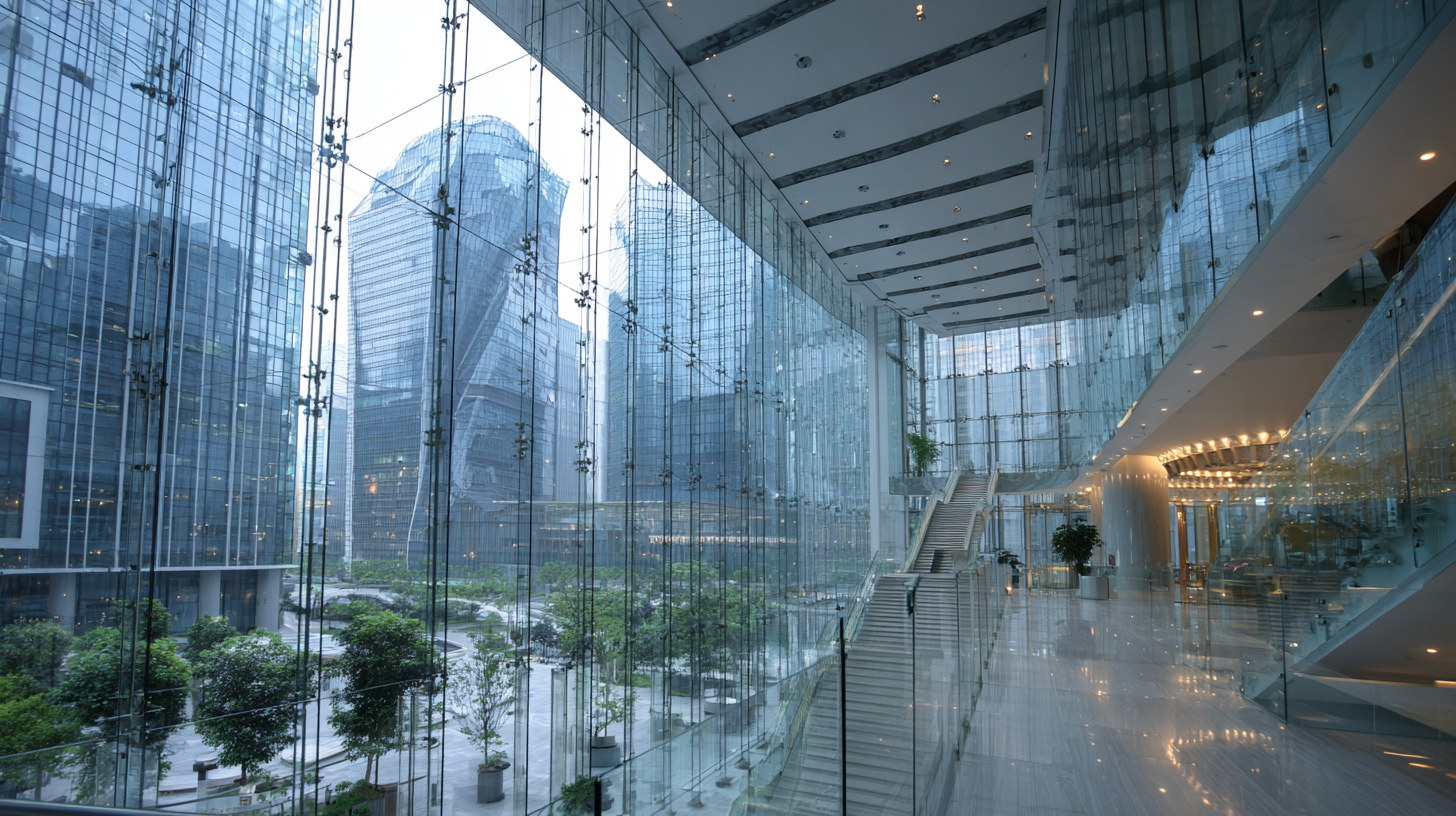 Glass has emerged as a transformative element in modern architecture, allowing designers to explore aesthetic versatility in groundbreaking ways. The interplay between glass and other materials, particularly in the integration with innovative solutions like reinforced concrete, enhances both structural integrity and visual appeal. Architects can now use glass as a canvas, enabling the incorporation of public art and custom designs that reflect the unique cultural narratives of urban environments. This synergy not only elevates the architectural landscape but also promotes an ecological consciousness in design.
Glass has emerged as a transformative element in modern architecture, allowing designers to explore aesthetic versatility in groundbreaking ways. The interplay between glass and other materials, particularly in the integration with innovative solutions like reinforced concrete, enhances both structural integrity and visual appeal. Architects can now use glass as a canvas, enabling the incorporation of public art and custom designs that reflect the unique cultural narratives of urban environments. This synergy not only elevates the architectural landscape but also promotes an ecological consciousness in design.
Tips for integrating glass into your designs: consider the use of textured or colored glass to add depth and character to spaces. Additionally, collaborating with skilled glazing contractors can ensure that your artistic vision is realized with precision and expertise. Embracing the malleability of glass allows for creative expressions that break conventional boundaries, fostering a new era of architectural creativity.
As the relationship between glass and architecture evolves, the possibilities for artistic expression seem limitless, echoing the essence of modern design principles.
Future Trends: Emerging Innovations in Glass Systems for Upcoming Architectural Solutions
The architectural landscape is being dramatically reshaped by innovative glass systems, which offer not only aesthetic appeal but also enhanced functionality. According to a recent report by Grand View Research, the global glass facade market is projected to reach USD 95.86 billion by 2025, growing at a CAGR of 9.2% from 2019. This growth is driven by the demand for energy-efficient building materials that contribute to sustainable design practices. Emerging technologies in glass production, such as dynamic and self-cleaning glass, are setting new benchmarks for modern architecture, allowing structures to adapt to environmental changes while minimizing maintenance efforts.
Furthermore, the integration of smart glass systems is paving the way for future architectural solutions. A report from MarketsandMarkets highlights that the smart glass market is expected to grow from USD 4.97 billion in 2020 to USD 11.57 billion by 2025, with a CAGR of 18.8%. Innovations such as switchable glass, which can change its transparency at the touch of a button, offer architects unprecedented versatility in light management and privacy. These advancements underscore a shift towards more sustainable, energy-efficient designs that not only meet contemporary aesthetic demands but also address the urgency of climate change and urbanization challenges.
Related Posts
-
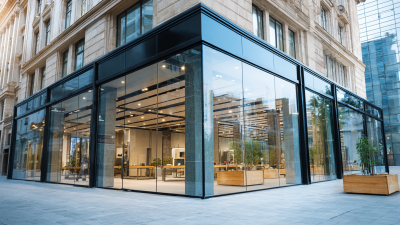
What Makes Storefront Glass Essential for Modern Retail Spaces
-

Ultimate Guide to Choosing the Perfect Store Front Glass Door for Your Business
-
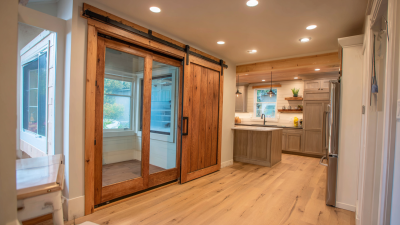
What is the Innovation Behind Sliding Door Systems
-

7 Best Door Pulls That Will Elevate Your Home Decor
-
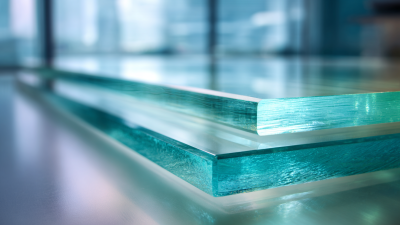
How to Choose the Right Tempered Glass Based on Industry Standards and Safety Ratings
-
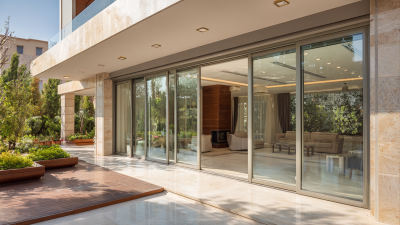
How to Choose the Best Aluminum Doors for Your Home Upgrade
